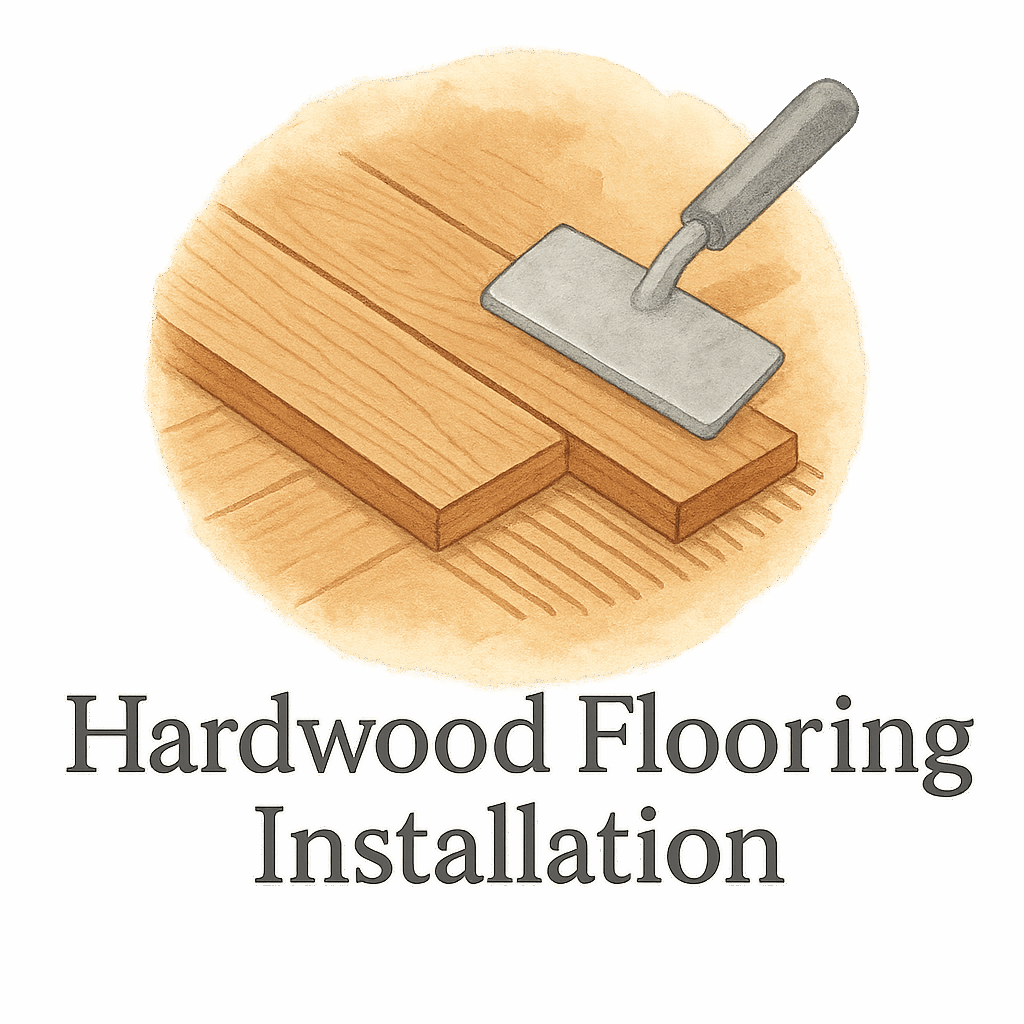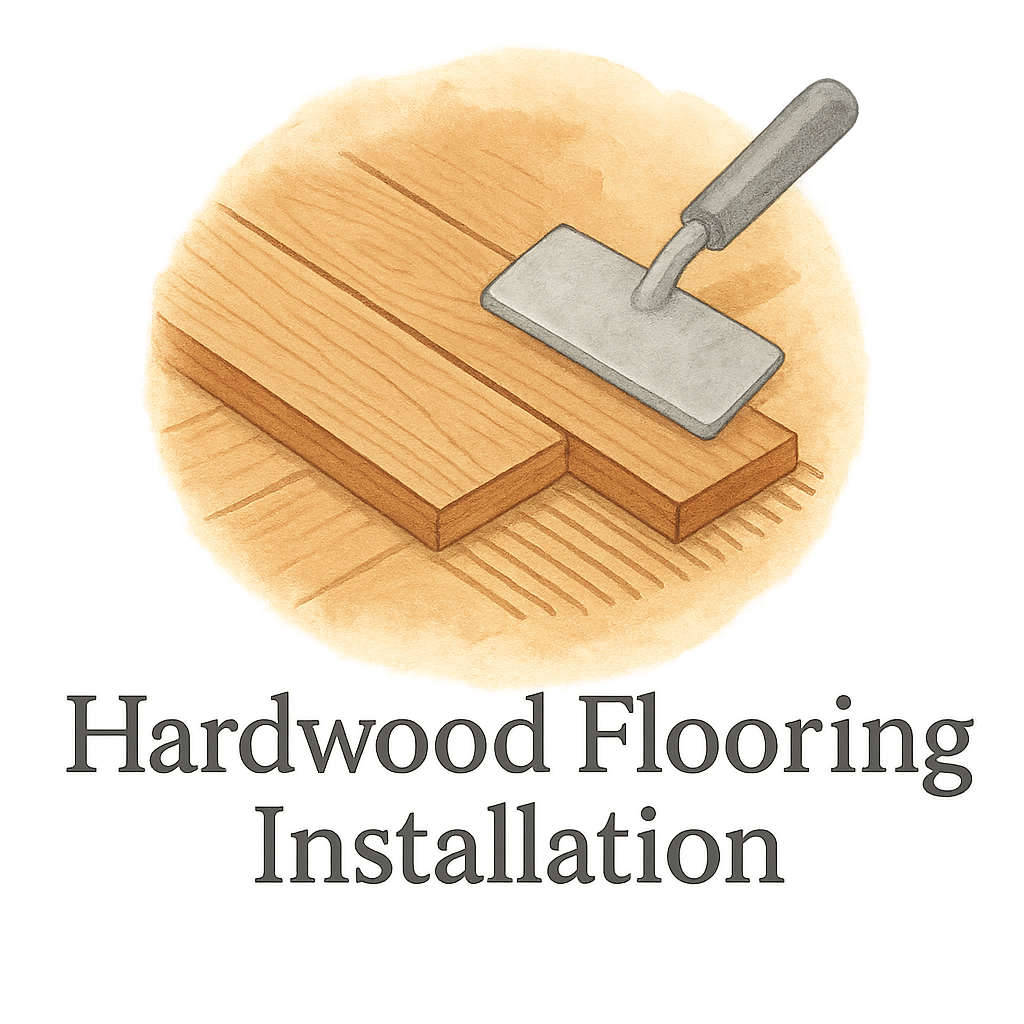Installing hardwood flooring isn’t just about picking the prettiest planks. It’s a precision game—and the right tools make all the difference. So if you’re aiming for that sleek, professionally-installed look, let’s dive into the 11 measuring tools you need to install hardwood floors like a pro.
Why Accurate Measurement Matters in Hardwood Flooring
The Cost of Mistakes: Misalignments and Wasted Materials
Even a tiny miscalculation can throw your whole layout off. Misaligned boards not only look bad, but they waste materials. And let’s be real—hardwood isn’t cheap. Measure twice, cut once? More like measure three times when you’re laying planks that cost a small fortune.
Professional Look Starts with Precision
A clean, straight layout gives your flooring that professional polish. Whether you’re doing a straight run or something fancy like chevron or herringbone, accurate measurement is non-negotiable.
Must-Have Measuring Tools for Flooring Success
1. Tape Measure – The Basic but Crucial Tool
Never underestimate the classic tape measure. It’s your go-to for everything from room dimensions to board lengths. Get one that’s at least 25 feet long and locks in place easily.
Best Practices Using Tape Measures in Flooring
- Always hook from the same spot.
- Lock it tight before recording a measurement.
- Avoid bending the blade to reach corners—it skews accuracy.
Want more tips for beginner installers? Check out our DIY Flooring Installation Guide.
2. Laser Measure – Modern Accuracy at Your Fingertips
These handy gadgets use lasers to get ultra-precise measurements in seconds. Great for long rooms or awkward spaces where a tape just won’t cut it.
How Laser Tools Speed Up Layout
Point, click, done. Many models even store multiple measurements, saving you time on layout and cutting.
3. Chalk Line – Keeping Your Boards Straight
Snap a chalk line across your subfloor to mark your starting row. This simple step ensures that every row afterward stays on track.
Avoiding Crooked Installs with Chalk Lines
- Use bright-colored chalk for visibility.
- Mark the first and last rows, especially in larger rooms.

4. Square Tool – Ensuring Right Angles in Layout
Need 90-degree corners? You’ll need a square. These come in T-square or carpenter square styles.
T-Squares vs. Carpenter Squares
- T-Square: Best for wide, long straight lines.
- Carpenter Square: Handy for marking corners or checking squareness during layout.
5. Level – For a Smooth, Even Finish
Wavy floors are not just ugly—they’re dangerous. Use a level to spot dips and peaks.
Bubble vs. Digital Levels
- Bubble Level: Old-school but effective.
- Digital Level: Offers more precision with numerical readouts.
For a better prep routine, explore our Flooring Preparation checklist.
6. Flooring Spacers – Getting Expansion Gaps Just Right
Wood expands. Spacers make sure you leave a gap between the floor and wall for natural movement.
Why Expansion Gaps Save Your Floors
Without gaps, your floor can buckle, lift, or crack. Use spacers between every edge of your flooring.
7. Caliper – Measuring Thickness with Precision
Perfect when working with variable board thicknesses, especially reclaimed or mixed hardwood.
Useful for Reclaimed or Mixed Hardwood
Reclaimed wood adds character—but thickness inconsistencies mean you need a caliper to avoid trip hazards.
8. Moisture Meter – Don’t Let Moisture Ruin Your Work
Moisture and hardwood do not mix. Always check subfloor and plank moisture before installation.
Wood Acclimation and Moisture Control
Let your wood acclimate for at least 3 days and aim for moisture content between 6–9%.
Visit our Flooring Maintenance & Repair section for long-term care tips.
9. Protractor – Angled Cuts Done Right
Doing anything other than a straight lay? You’ll need a protractor to measure and mark clean angles.
Laying Herringbone or Chevron Patterns? This Helps
Flooring patterns like herringbone require consistent angle cuts—precision is key here.
For more on flooring patterns, check our Flooring Layout & Patterns resource.
10. Measuring Wheel – Speed Through Larger Areas
For large rooms or open concepts, a measuring wheel lets you quickly determine area size for materials ordering.
How to Use One Efficiently Indoors
Roll it along walls and across the floor’s length. Many models even calculate square footage.
Wondering about time and cost? Use our Flooring Cost & Time Estimation Tool.
11. Layout Tool – Combining Multiple Functions
These tools often bundle straight edges, angles, and leveling into one piece—perfect for quick adjustments.
One Tool, Many Jobs
Think of it as your Swiss Army knife for flooring. Not essential, but a major time-saver.
Tips to Improve Accuracy When Measuring Hardwood Flooring
Double-Check Your Numbers
Even pros make mistakes. Always measure a second (or third) time before cutting.
Always Account for Waste
Add 10% extra to your square footage for cuts, miscalculations, and future repairs.
Prep the Surface Properly First
Measurement means nothing if the subfloor isn’t prepped. Clean, dry, and level it before anything else.
Learn how to do it right with our guide on DIY Prep & Planning.
Tools Are Only Part of the Picture
Learn About Flooring Preparation Before You Begin
A good install starts with great prep. Don’t skip it.
Use Quality Flooring Tools & Materials
Low-grade tools lead to low-grade results. Invest in what gets the job done right.
Consider Professional Help If Needed
Sometimes it’s best to bring in the experts. If you’re overwhelmed, Flooring Contractor Plan of BS is just a click away.
Conclusion
Hardwood flooring adds beauty, warmth, and value to your home—but only if it’s installed with care. These 11 measuring tools for accurate hardwood flooring installation can be the difference between a flawless finish and a costly redo. Invest in the right gear, prep like a pro, and take your time. You’ll thank yourself every time you walk across those perfectly laid planks.
FAQs
1. What is the most important measuring tool for hardwood installation?
A reliable tape measure—it’s basic, but it gets nearly every job done.
2. Can I install hardwood floors without a laser measure?
Yes, but a laser measure improves accuracy and speeds up the process, especially in larger rooms.
3. Why do I need a moisture meter for hardwood floors?
It prevents warping or gapping by ensuring wood and subfloors are properly dried and acclimated.
4. Are flooring spacers really necessary?
Absolutely. They maintain crucial expansion gaps that prevent long-term damage.
5. What’s the best tool for measuring irregular floor shapes?
A combination of a measuring wheel and a flexible tape measure works best.
6. How can I ensure I’m cutting at the correct angle for patterned floors?
Use a protractor or angle-finder—especially for complex layouts like herringbone.
7. Where can I find a guide to DIY hardwood floor installation?
Visit our DIY Flooring Installation page for detailed steps and expert tips.


